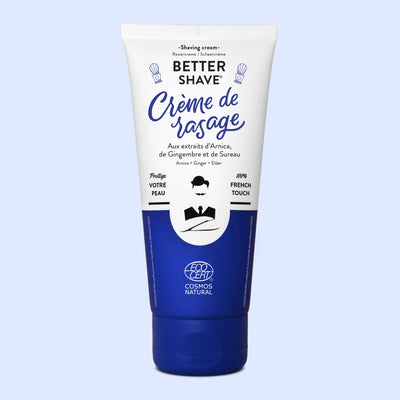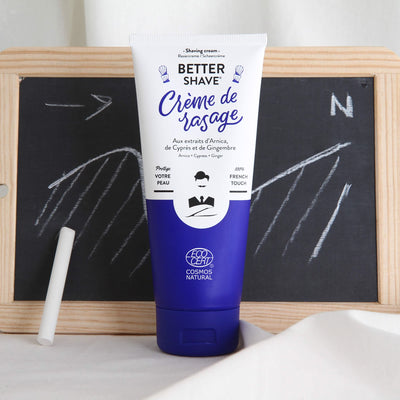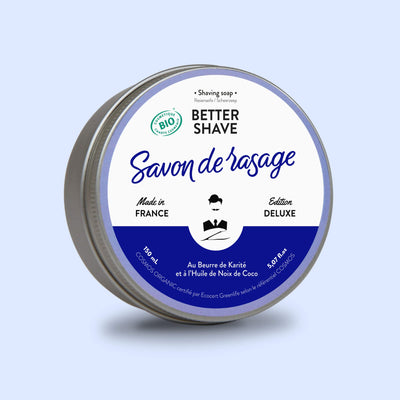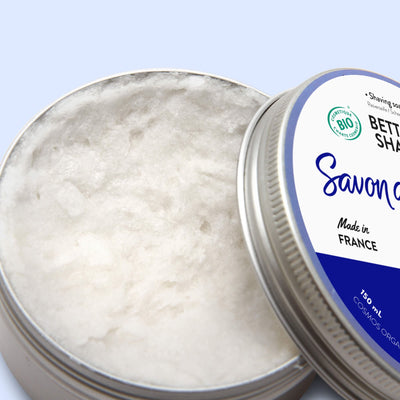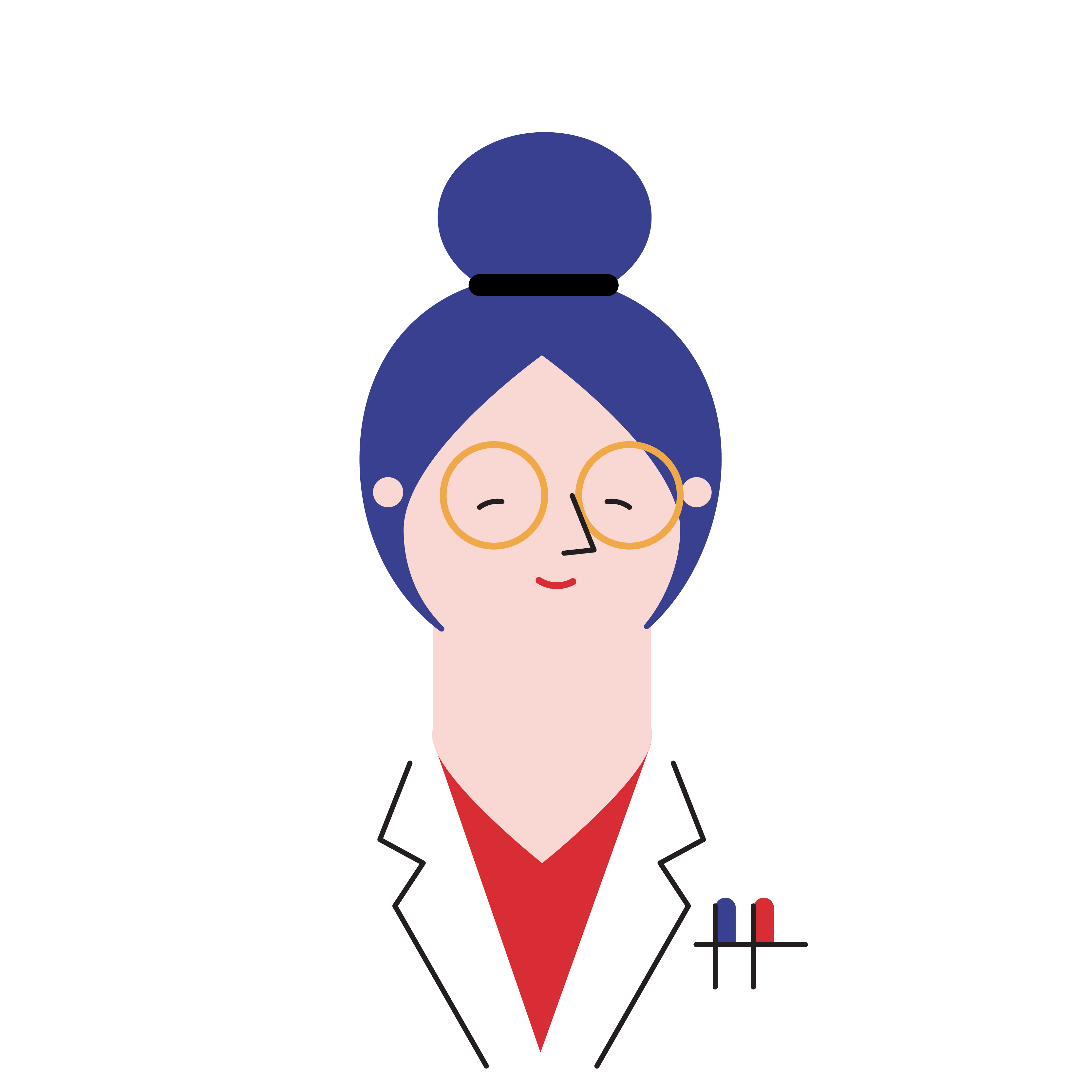Here it is, the leader of evil preservatives, the black sheep of cosmetics, that gives cancer and sucks your soul out at first sight! We know you've heard a LOT about phenoxyethanol, but mostly a LOT of nonsense. So we're going to take a moment to set the record straight, which isn't that complicated.
To start with, phenoxyethanol is a very effective preservative. A preservative is GOOD! It prevents the growth of bacteria, fungi, and yeast in your cosmetic product. And believe us, these little beasts, even if you don't see them, can cause a lot of damage! It is very dangerous to use a product without preservatives. Moreover, European legislation has published an exhaustive and official list of preservatives allowed in cosmetic products. So be aware that if you come across a product said to be "preservative-free", unless it contains no water (Aqua in the INCI list), and even then, it is simply preserved, but with a non-accepted molecule, whose declaration is not mandatory. This is a common practice for natural and organic products, do not fall for it!
Now, concerning the toxic effects of phenoxyethanol, there are some, for sure. No, it is not totally harmless to health. But as Paracelsus, the father of modern pharmacy said, "everything is poison, nothing is poison, it is the dose that makes the poison". An incalculable number of toxicity studies have been carried out on phenoxyethanol, which already makes it one of the safest preservatives because we know it by heart, and if something bad happens, we know exactly what to do, unlike many others in its category. These studies have shown, on the one hand, that the risk of skin sensitization is very low. On the other hand, potential carcinogenicity is suspected concerning the application of phenoxyethanol on the skin of children under 3 years old. Concerning this issue, the French National Agency for the Safety of Medicines has used the "reasonable worst-case" model to determine the limited dose of phenoxyethanol to be used in cosmetic products. In this scenario, a toxic dose was calculated by taking, as a subject (virtual of course), a premature baby of 3.4 Kg. This dose was then divided by a safety factor, to provide a limit dose of 1%. This means that whatever the product if there is phenoxyethanol, it represents MAXIMUM 1% of the formula. Then, unless you are a 3.4 Kg premature baby with many comorbidities, phenoxyethanol will not harm you.
Lastly, phenoxyethanol is accused of being an endocrine disruptor. But what is an endocrine disruptor? In reality, we don't really know, that's the problem. We know that these are molecules that, in small doses, are capable of generating hormonal disorders. However, we do not really know the impact that this represents on health, nor the biological mechanisms involved. This is a rather recent observation and a subject that still lacks insight in relation to the suspected substances. And these are very numerous! Endocrine disruptors are everywhere, in food, in cosmetics, but also on your furniture and in your bed (furniture and bedding are often treated with a fireproof product which is also full of endocrine disruptors), in the cinema, on your clothes, and so on... So sure, it's not great, and the industry does what it can to get rid of it. Each endocrine disruptor has its limited dose, but as they are absolutely everywhere and in all areas, in fine, the dose to which you are exposed is much higher than the authorized dose per substance. And unfortunately, we have no way to measure this exposure. It's up to us to be careful, as much as we can, about what we consume, until a better solution is found.
Come on, a little fun to make things less dramatic? Phenoxyethanol is also a natural product, it is found in green tea and chicory. Something to think about. ;) In the meantime, Monsieur BARBIER has eliminated phenoxyethanol from all his products. It remains only in our shampoo until we find an effective alternative to preserve it. We would remove it and offer you a shampoo that's all contaminated, but we're not sure that would do you any good!



